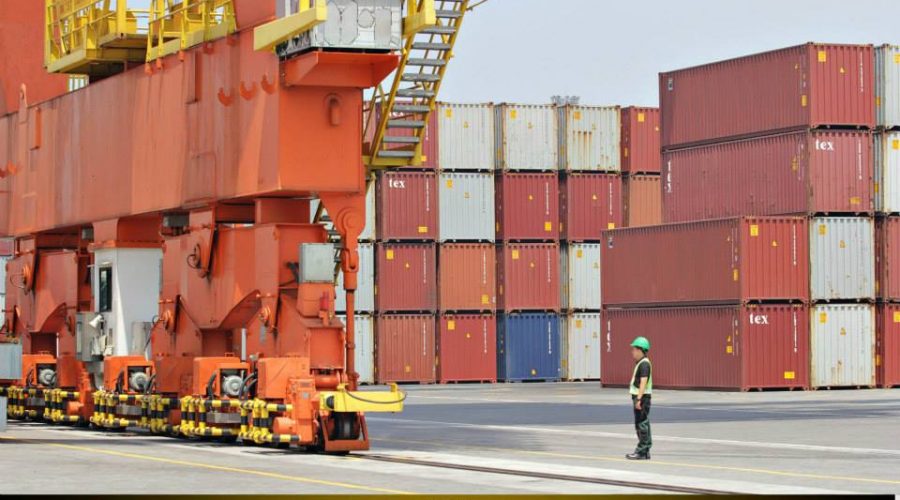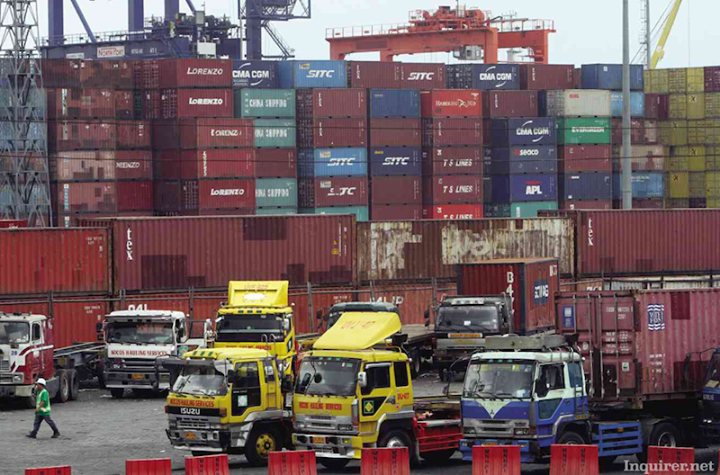Bam to Port Stakeholders: Be Ready for ‘Ber’ Months
With “ber” months just days away, Senator Bam Aquino urged government and private stakeholders to work together to ensure that there will be no repeat of the congestion that hounded Port of Manila last year.
“Now that we have learned our lesson from last year, we must not let our guard down. This early, we must ensure that congestion will not hamper port operation during the coming ‘ber’ months,” said Aquino, chairman of the Senate Committee on Trade, Commerce and Entrepreneurship.
Usually, Aquino said heavy volume of containers arrive from September to December, in time for the Christmas season.
“Sa ngayon, normal ang operasyon at maluwag pa ang ating mga pantalan. Ngunit maaaring maulit ang port congestion sa inaasahang pagdagsa ng mga kargamento sa huling bahagi ng taon,” added Sen. Bam.
Early this year, Sen. Bam has initiated a probe on the congestion that occurred at the Port of Manila. After bringing government agencies and private stakeholders in one table, the problem has been ironed out after several months of investigation.
During the last hearing, stakeholders reported that the utilization rate at the Port of Manila is now between 70 to 80 percent. In addition, waiting time for trucks has improved while cargo ships can now load or unload cargoes in just mere hours, instead of days at the height of the congestion year.
Meanwhile, Sen. Bam expects the passage of the Foreign Ships Co-Loading Act or Republic Act 10688 to help decongest the country’s major ports. The law now allows foreign ships carrying imported cargoes and cargoes to be exported out of the country to dock in multiple ports.
“This will save time, costs and energy for our exporters and importers in sending their raw materials, and goods and products in and out of the country,” the senator added.
“By allowing foreign ships to go directly to other domestic ports around the country, it will lower production costs for our entrepreneurs, free up space in the Port of Manila, improve the import and export system of the country,” Sen. Bam said.
It will also turn the shipping industry into a more modern, more equipped and more competitive sector, enabling it to keep up with other ASEAN countries such as Singapore, Thailand and Indonesia.


Recent Comments